Introduction
Sometimes, it’s ok to borrow from the master. The dragon master, that is. While I typically take a look at the hidden gems of Hearthstone from lesser known players (or myself) sometimes we have to move over into the big wide world of streaming. Today we are going to analyze a Hunter deck popularized by Kibler, who took an old idea and made it new. The notion of a big combo Hunter deck with Kathrena Winterwisp has been around since Kobolds first dropped. However, the meta was simply too tempo oriented for that to work. Now that things have changed up, there’s an opening. While this list is Kibler’s, a couple people have had success with it as of late. Time to see if we can do the same.
Key Cards
Secretkeeper
How do you make sure your gigantic beast deck doesn’t just auto lose to everything that’s faster than molassas? Add in one drops! There are several ways to stay alive in this build, but I wanted to specifically talk about the importance of Secretkeeper. The early game play is very unassuming at first glance, but don’t let that fool you. There is a lot of power packed into the 1/2 frame. Keeper is a classic snowball card, which means it has an effect that must be dealt with right away. Last week in my discussion of Secret Mage I talked about the power of opening plays in the current post-nerf meta. Decks as a whole have gotten weaker, which means it is much easier to use or leverage an early push. This card allows you to easily take advantage of that by giving you a way to build off of your curve and dominate a game if you’re opponent starts out slow. The 1/2 is a lot like Mana Wyrm, except it has the potential to be even stronger depending on what secrets you can play behind it. There is a lot of power here, and most decks are going to work hard to take it down. Running this out early means your opponent has to play to you, which then either eats tempo or helps you bait out strong removal. Remember, even if it dies to a spell, you still have priority in the early turns.
The Guessing Game
I could sit here and break down all of the different secrets in this build, why they were chosen, and what functions they have. But honestly, we’ve been down that road a few times before. Rather, I want to take a look at how you use the question mark to get into your opponent’s head. Hunter has just come back onto the scene, and there are a ton of different builds. With so many possible secrets to play around, your opponent is never gonna know what to hit. Sometimes they’ll play around Freezing Trap and walk head first into Wandering Monster, while other times they’ll try to proc Snake Trap only to get blow away by Cat Trick. Always try to see what your opponent’s next turn is going to be and then run out your secrets based on what they might think you have. For instance, playing Snake Trap against a minion to get your opponent to think you have Freezing up.
The best thing to do when playing secrets is to set them up in a way where, if your opponent does try to play around them, they’re gonna get massacred for guessing wrong. Of course, every secret can be played around. Your goal is to not put your opponent into a lose-lose position (though that does happen) your goal is just to get as much value as possible. One of the best examples of this is setting up Wandering Monster against an early minion when you have a 2/3 Secretkeeper out. Most people will assume Freezing Trap, which will then get them to attack. However, as there is no need to lose their minion if they guess wrong, they typically just go face, which nets you a three drop. Plays like that are always the goal, and you should constantly see the lines where you can set them up.
Flanking Strike
The more I play this deck, the more important I realize Flanking Strike is. The four drop was a card that popped up early on in Kobolds, but then quickly died out as time went on. I’m not sure why that is, but it probably had something to do with the fact that most Hunter decks went back to aggro. However, now that we’re once again at a point of midrange, strike finds itself in the sun. This card is one of the best tempo plays available to Hunter and does a great job of shoring up the four slot in a deck that doesn’t have the strong curve for Houndmaster. Your goal with this deck is to always push your advantage in any way that you can. You want to slowly clear the board, build up threats, and then push everything you have at your opponent’s face. Strike is perfect for that plan because any minion, especially ones on an empty board, is going to be a threat.
This build operates a lot like Secret Mage in that you don’t need a lot to win games. As you have so much damage and pressure potential, all you need is a strong swing or gradual build to chip your opponent down. It can be easy to force yourself to do too much too fast, but most of the time you just want to pace the game. Being able to curve early and then build that into a four mana 3/3 with battlecry: deal three damage is a great way to press early advantage, but it is also important for setting up your midgame. With so much early action it can be easy to see this as a more classic midrange build, but you can’t forget that most of your power is in the middle turns. Savannah Highmane is largely the point of this list, and you want to do everything you can to hit it in stride. Strike is one of the best ways to make that happen.
Lesser Emerald Spellstone
Another incredible card, Lesser Emerald Spellstone is bound to be in every top tier Hunter deck that exists until it rotates. There is simply too much upside. One of the main themes of Hunter is secrets. The other theme is beasts. This wraps both up into a great package that crushes almost every single deck when they aren’t ready for it. Secret Mage, Druid, Zoo, Paladin, and Rogue can do absolutely nothing against an army of 3/3 wolves. Not only that, but the decks that do have answers need to have those answers immediately or they die. Understand that, and do everything in your power to push to this card when it is in your hand. This isn’t just a strong tempo play, it is a finisher in its own right. If you ever get it down while in control of the game, do not shy away from throwing all the wolves at your opponent’s face. Your hero power should handle the rest.
This card is your Living Mana. I’m not sure if I’ve made that comparison before, but it definitely holds true. If you have this plus some secrets early on you should almost always keep it. I’m not in the business of keeping five drop spells in the opening hand, but the card is so strong that if you have the early game to support it you always want to have it in hand. As with Flanking Strike, this is a spell you can use to press advantage or force your opponent to react when you need time to set up bigger plays. Just because the wolves die doesn’t mean they did were useless. Many people think that trading a card for a card is a “waste,” but if you just need to bridge the gap into Highmane it is a perfect use of mana. Never underestimate the power of extra turns.
Kathrena Winterwisp
We cannot discuss this list without going into detail about the girl that makes it all work. Kathrena Winterwisp is a heavy investment, but she is also one of the best ways to top off this curve. This card is one of those crazy upside tools that is a perfect finisher. Her ability is one of the most powerful in the game and, as with so many different Hunter cards, she pretty much ends the game if she ever gets to attack. A 6/6 body is terrifying against Rexxar, and when that comes out with a Savannah Highmane or King Krush things get real ugly, real quick. Unlike you other cards, Kathrena is not something you have to race towards. Playing to her works if you know you’re going up against a slower deck or you don’t have board presence, but don’t give away early tempo hoping to make it to turn eight.
When it comes to figuring the amount of beasts you want, I don’t think you need to get greedy. You will notice we only have three here, but man are those some strong beasts. I see a lot of people jam-pack this build with all sorts of huge finishers (even Kibler ran things like Swamp King Dread). However, I think that is an overreaction to her deathrattle. It is so easy to think about the nightmare scenarios where you draw all of your big beasts early on, but those games happen few and far between. It is far more likely that you’ll draw one or two. And, as noted, if you draw two, getting a 6/6 that summons King Krush or Savannah Highmane is completely fine. The choice is yours, and some people may want the safety blanket, but I personally prefer the extra consistency.
Deck Code
AAECAYoWBscDlwj4 CIW4AobTArbqAgyeAagCtQOHBPIF7Qn+DPixAsS0 At3SAt/SAuPSAgA=
Matchups
The four decks I see the most while playing the ladder.
Control Warlock
Still holding strong, Control Warlock does everything it has ever done. In fact, it might even do it better. However, you are a deck that preys on removal-dependent lists, and that is exactly what Warlock is. While most of your matchups are going to play in a slow-burn type of way, this is the one game where you have to get aggressive. Just know that is not going to manifest as your typical “I’m going to kill you” aggression. This is much more just making it so your opponent never has a chance to get set. Warlock is a strong class, but they need time to get things going. Your entire goal is to make sure they never get that time. If you can constantly put down threats that make it so your opponent has trouble finding the time to get their combo going, they’ll never have a chance to climb above your burn. And that is exactly what you want.
Another important part of fighting Warlock is figuring out the ways they can fight back against your damage. Gul’dan comes with a ton of healing and taunts packed into their thirty cards. But, like so many of their other plays, those need to be set up before they can get going. For instance, they cannot use Dark Pact without a minion, and early Voidlords need Possessed Lackeys. Take advantage of that by forcing your opponent into situations where they have no choice but to be defensive. They may not want to burn a small minion/Dark Pact on turn five, but if they try to sneak out that Possessed Lackey they will just die.
Aggro Paladin
What happens in times of flux? Aggro. Paladin has taken full advantage of the nerfs, and Murloc is just about everywhere. This deck is nothing new. They open with some fish creatures, and then use that advantage to hit some minion interactions and kill you before you get set. While that plan is very strong, it crumbles if you can get out in front of it. The strongest card in this game (by a wide margin) is Wandering Monster. There is nearly no way your opponent can play around it early on, and most of the time you are going to get a chance to both put a three drop on the board and kill your opponent’s early threat. You will then have priority, which is the entire point of this game. You other secrets are not always amazing, but Paladin’s one drops do not match up well against Secretkeeper. Just know that you cannot let anything live in this one. Use your weapon and removal early. You will always going to win the middle turns, but getting to those turns is not an easy task.
Everything, as always, is about turn four. The more I play against Paladin, the more I realize just how unbelievably strong Call to Arms is. The card instantly shuts down the board, especially with the murloc package. Not having an answer to the four mana play is a disaster, and there is no coming back from it. As a result, you need to hyper-focus on the first three turns of the game to make sure that you can easily trade into the murlocs as they come. Once you do that, you will be able to move up your curve in the way that you want. Damage simply is not going to be a priority in this match. There will be races here and there, but for the most part you want to take the role of control. The more you can leverage the secrets, the better.
Midrange Hunter
While not strictly a mirror, Midrange Hunter is going to feel very similar to this deck. They want to get on the board early, and then build that priority into fast damage. You need to combat that by doing the exact same thing. Except, instead of trying to leverage the game with on-board beasts, you’re going to do with a bunch of powerful secrets. Some of today’s Hunters run secrets as well, but they are not quite as focused as you. They care much more about damage, which instantly puts you on the back foot. Your goal in this game is to use your early plays as distractions that help you pick of Rexxar’s minions and keep your health up. You have a lot of strong plays, but if you lose the early board your health will be so low that it won’t matter. Be defensive and trade into/kill everything your opponent has early on.
Turn six. This build, as strong as it is, has absolutely no (and I mean no) clean answer to Savannah Highmane. However, your opponent also has no way to deal with the six drop. That makes this game, similar to the Tempo Mage mirror, all about fighting for control of the board. Damage is nice, and if you find it you should, but pressing is going to be largely secondary. You and your opponent are going to each have a number of large haymakers, and whoever can land the first one is almost always come out on top. Do not get complacent, and always play around any interactions your opponent might try to set up. Also, note that a lot of Hunters also run Lesser Emerald Spellstone. Do not fall behind and then hope yours will bring you back. If your opponent gets to theirs first you’ll just die.
Secret Mage
While not as popular as I thought it would be (though, give it some time) Secret Mage is still slowly coming back. As much as I love the deck, that is pretty bad news for us. This match is not going to be easy because, to win, you have to play their game. That is to say, you need to trigger their secrets. You are a deck that wants to play on curve, which largely leaves you at the mercy of Mage. If you go second you absolutely need to save the coin for Counterspell, and if you go first always try to trigger the secret with the worst secret you have. Beyond that, always try to soak up as much damage from Explosive Runes as possible and get out early. Secretkeeper is game winning if your opponent can’t kill it right away, and your midrange threats are going to pour out a ton of pressure. The best card in this game is Lesser Emerald Spellstone. The infinite 3/3’s are simply too much for Mage due to their lack of AOE. Do everything you can to get them down while you’re pressing. The final note is, if you’re seeing a lot of Mage where you’re at, or if it does become more popular, I would strongly suggest adding a Flare to this build.
Mulligan Guide
Your mulligan is largely going to be curve based, but you do want to put some emphasis on secrets. Tracking and Secretkeeper are must-keeps, as are your secrets. Though you never want two of the same, you should keep all the different ones you have early on. Animal Companion, Cloaked Huntress, and Eaglehorn Bow are all great on curve or with the coin. When facing board-based midrange decks you should keep Flanking Strike if you have a strong opening. Spellbreaker is a must-keep with a good curve against Warlock, Barnes is great with any curve, and Lesser Emerald Spellstone is strong with two secrets.
Conclusion
I always do love getting back to my roots. Hunter has long been one of my favorite classes, and I’m always sad when it dips out of tempo metas (which always seems to kill it off). Now that things have slowed down, the class can shine. And what better way to do that then with a bunch of awesome beasts? This deck is easily one of the coolest Hunter builds we’ve ever covered, and if you want something new or if you love combo, its worth a shot. Until next time, may you always roll Barnes/Highmane on turn four.


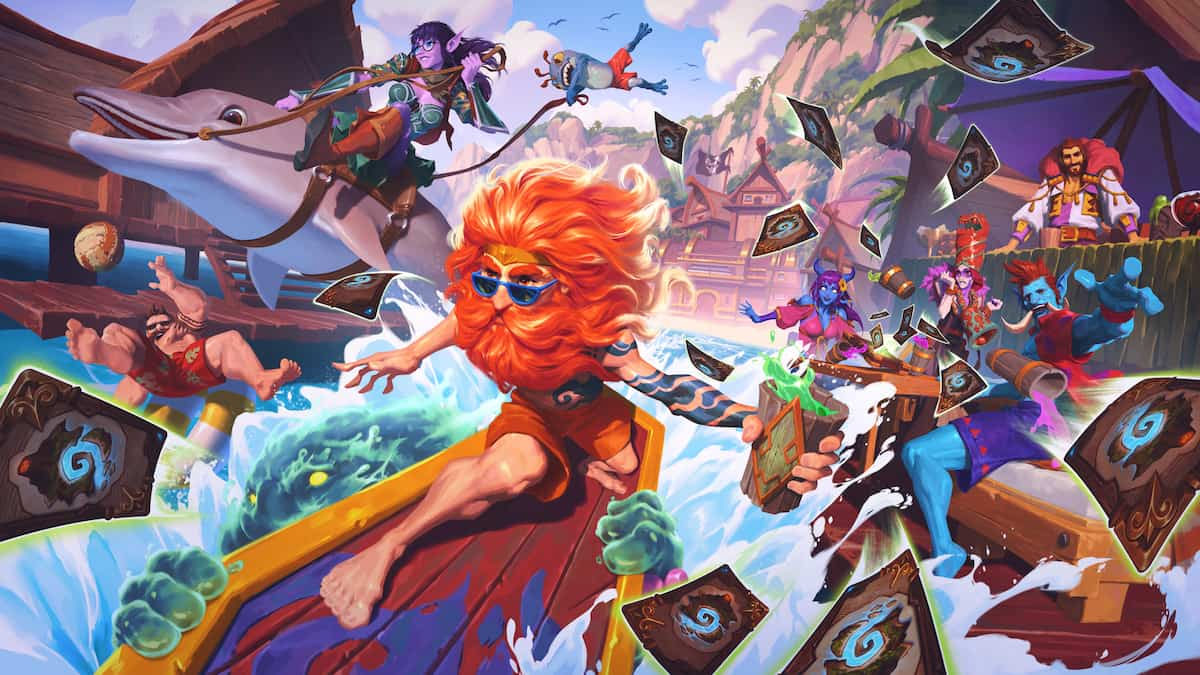
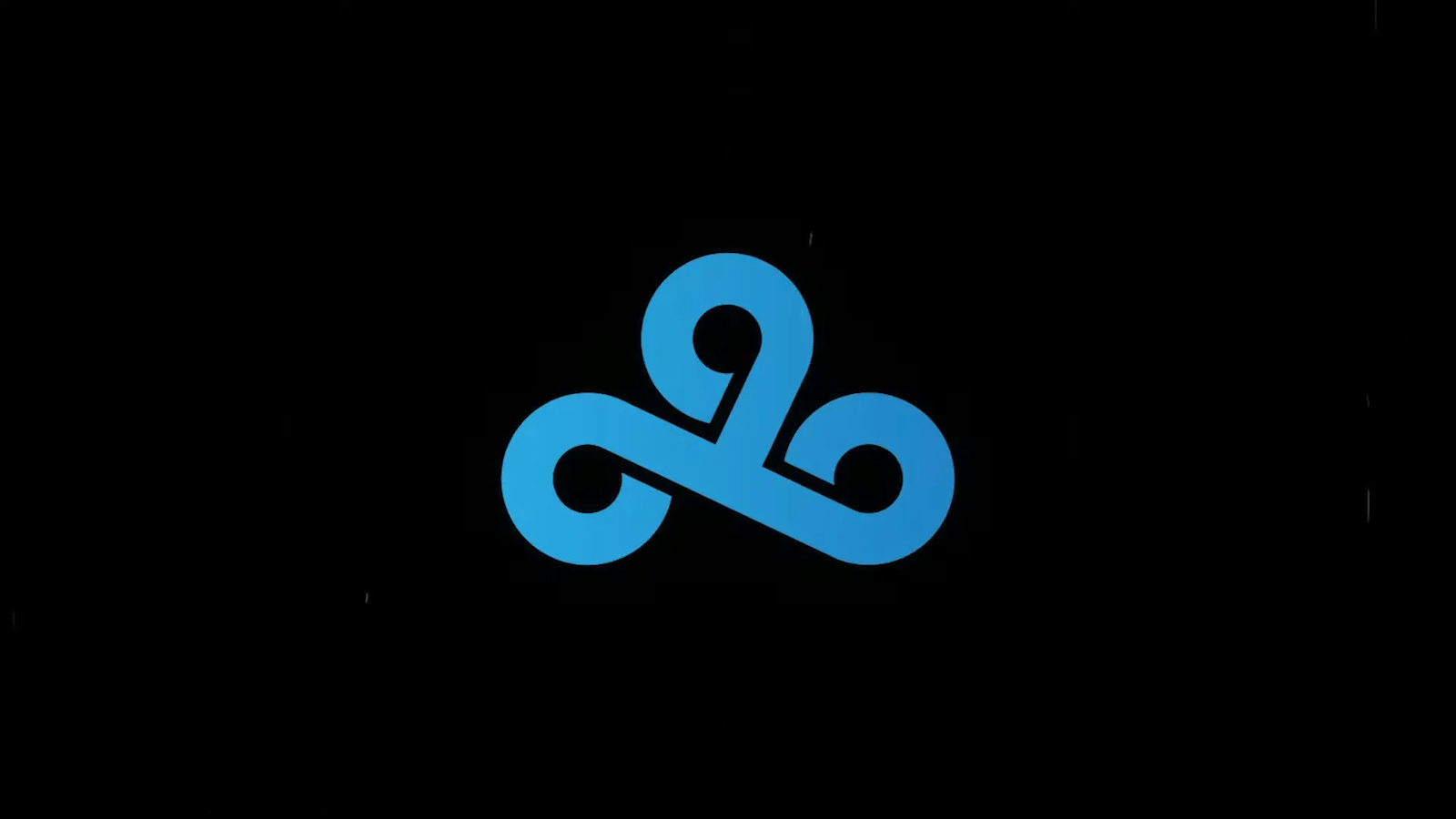

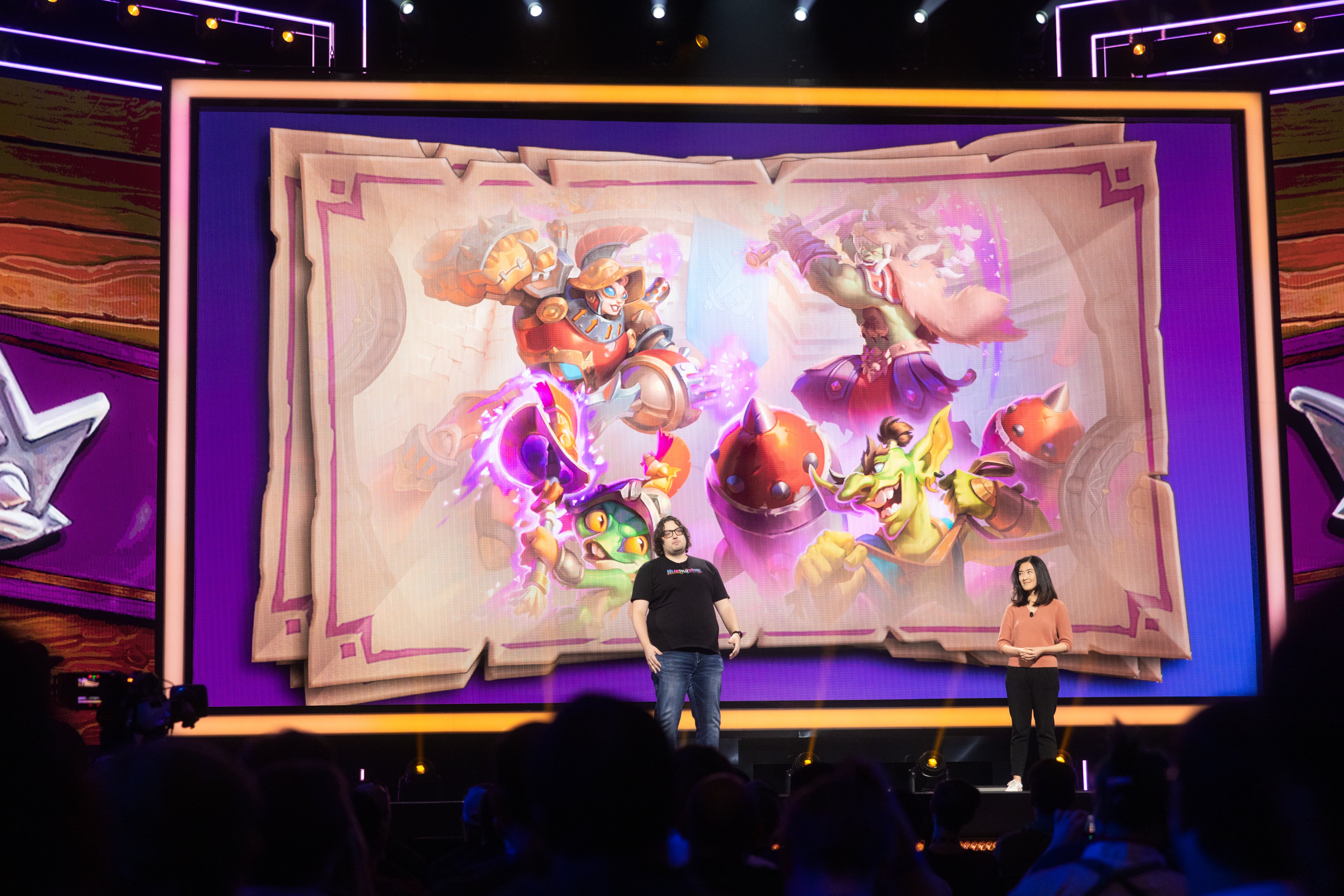
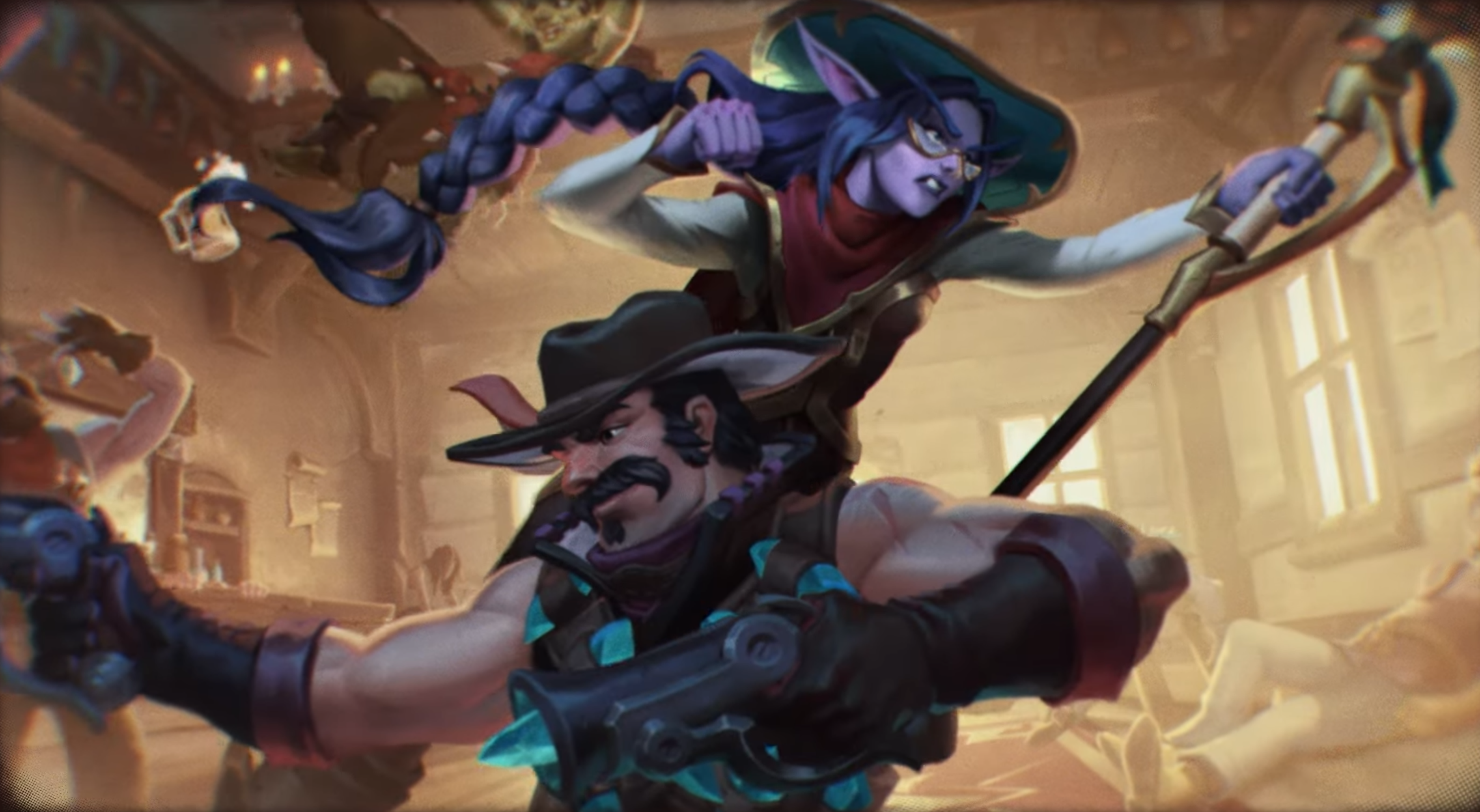
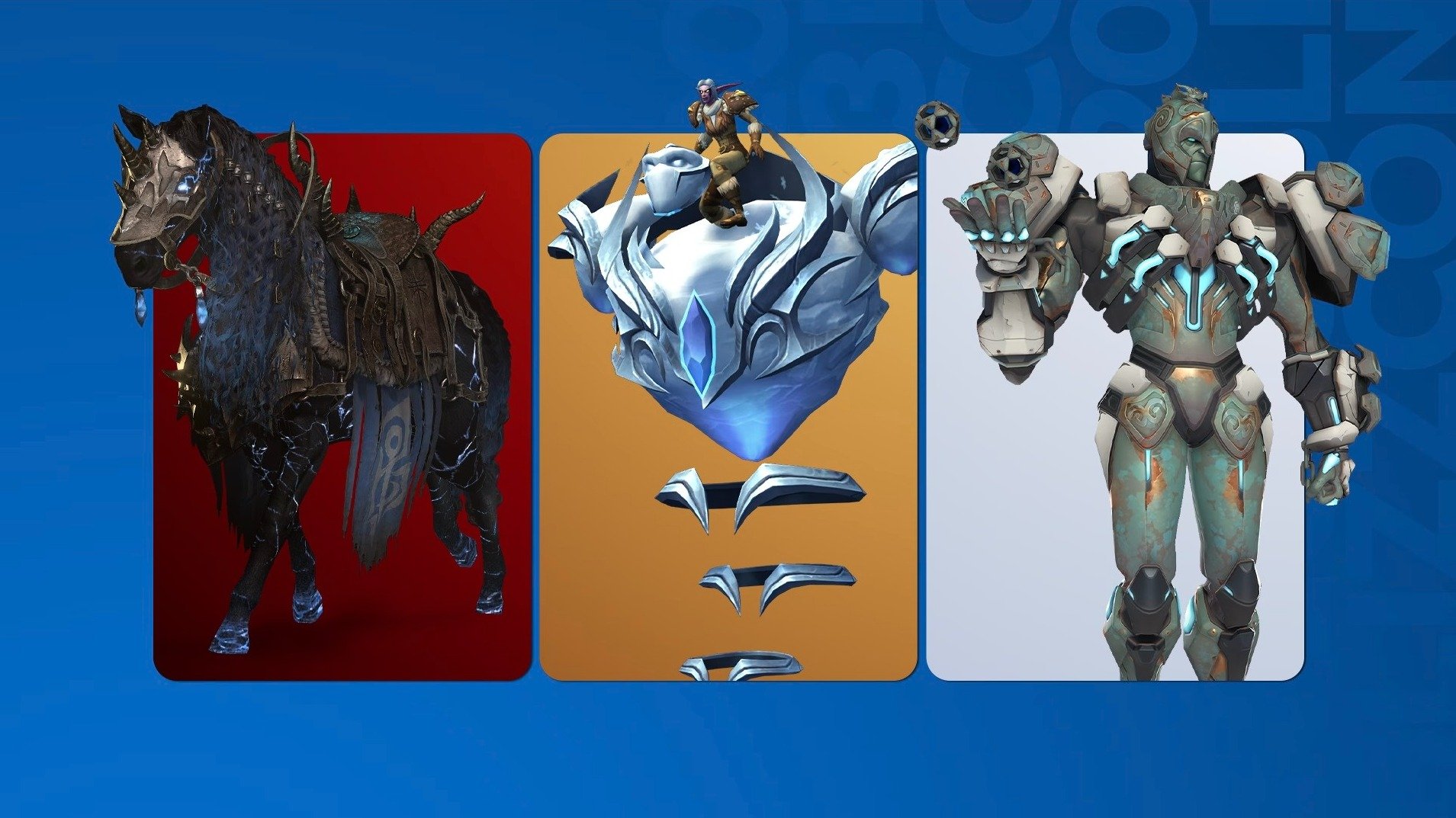
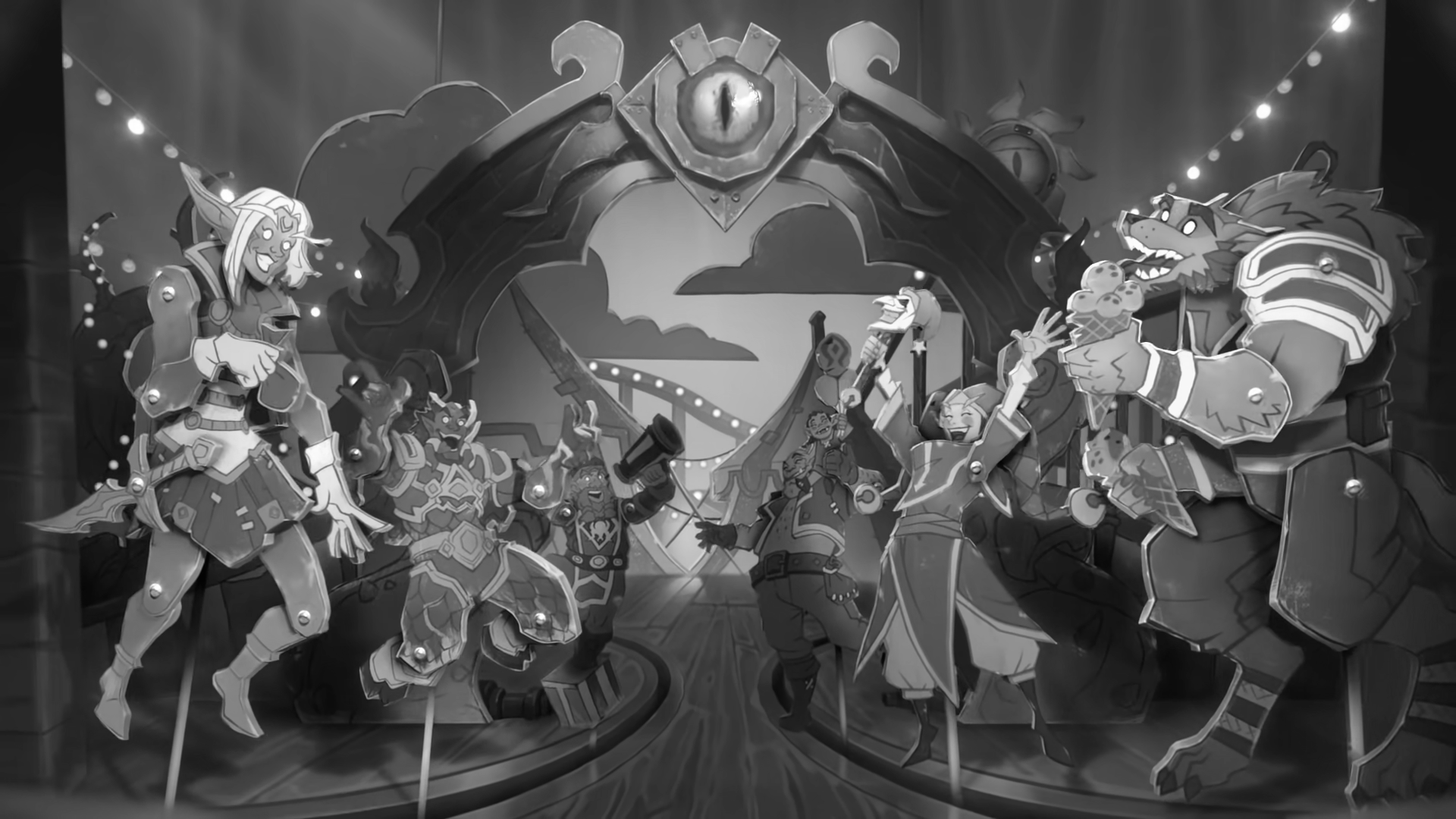
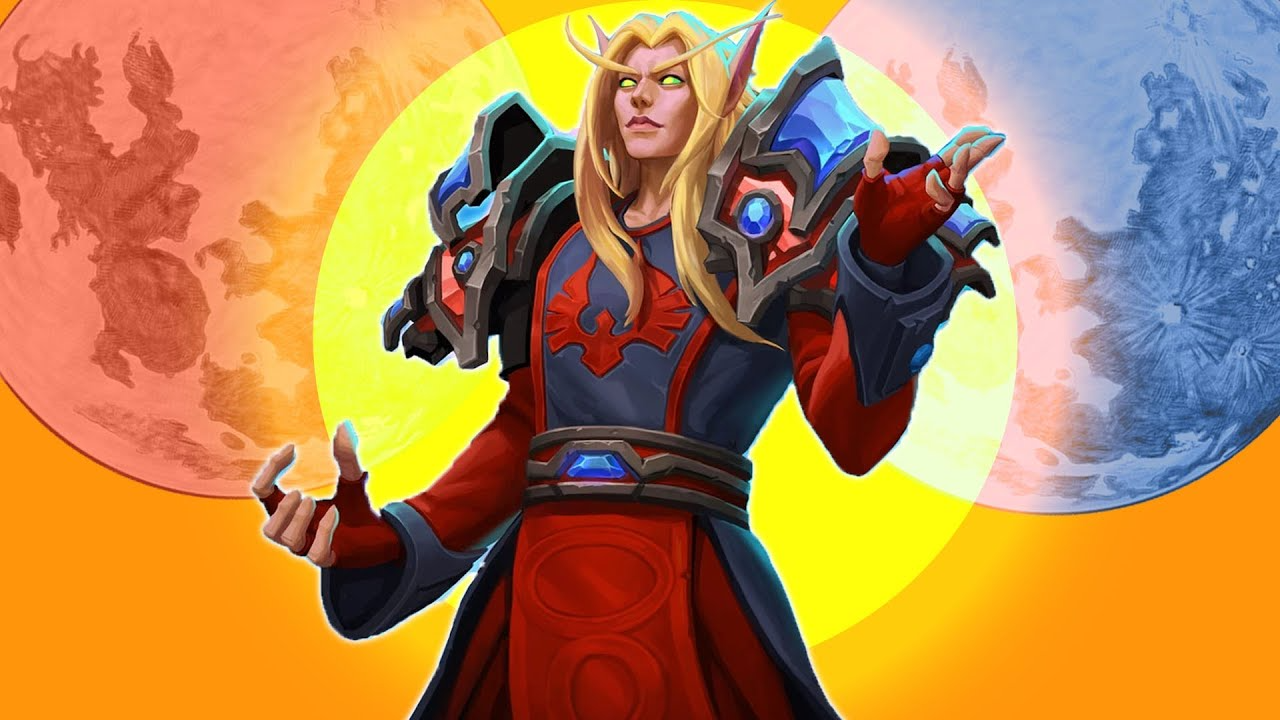

Published: Feb 21, 2018 09:05 am